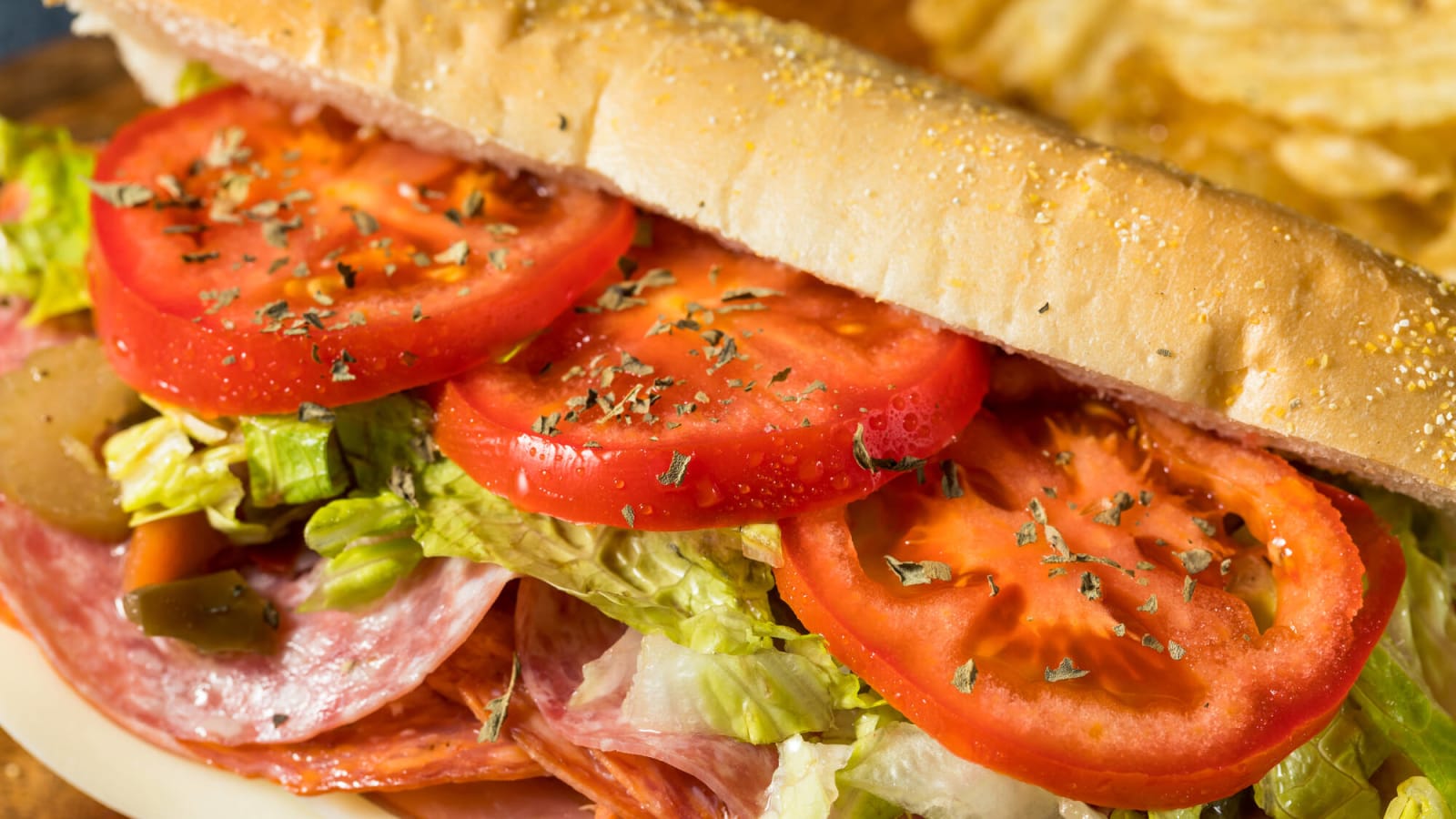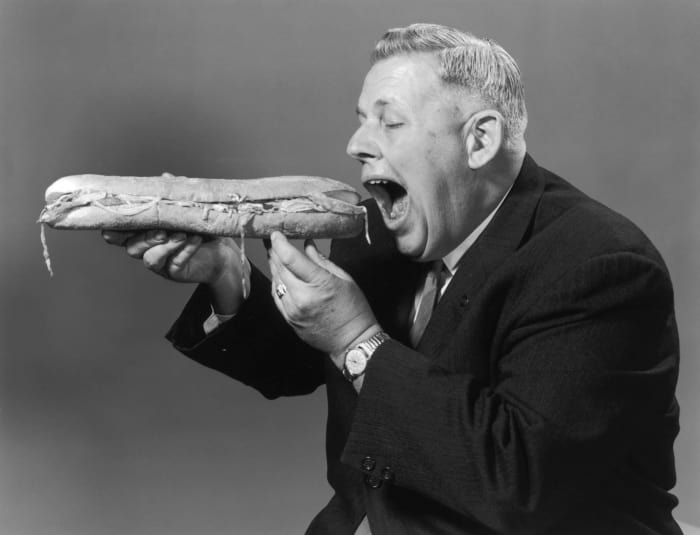x

Shutterstock
The history of the hoagie, A Philadelphia staple
Philadelphia's sandwich chops don't stop at the cheesesteak. We also have the City of Brotherly Love to thank for the invention and popularization of the hoagie, that sublime combination of a soft roll, salami, cheeses, ham and any other cold cuts of your choosing. Take a look back with us as we delve into the history of the sandwich.
More must-reads:
- Royals place pair of top starters on 15-day IL
- Orioles make major decision on manager Brandon Hyde
- The 'Active MLB players to hit .300 multiple times' quiz
Customize Your Newsletter
 +
+
Get the latest news and rumors, customized to your favorite sports and teams. Emailed daily. Always free!


















